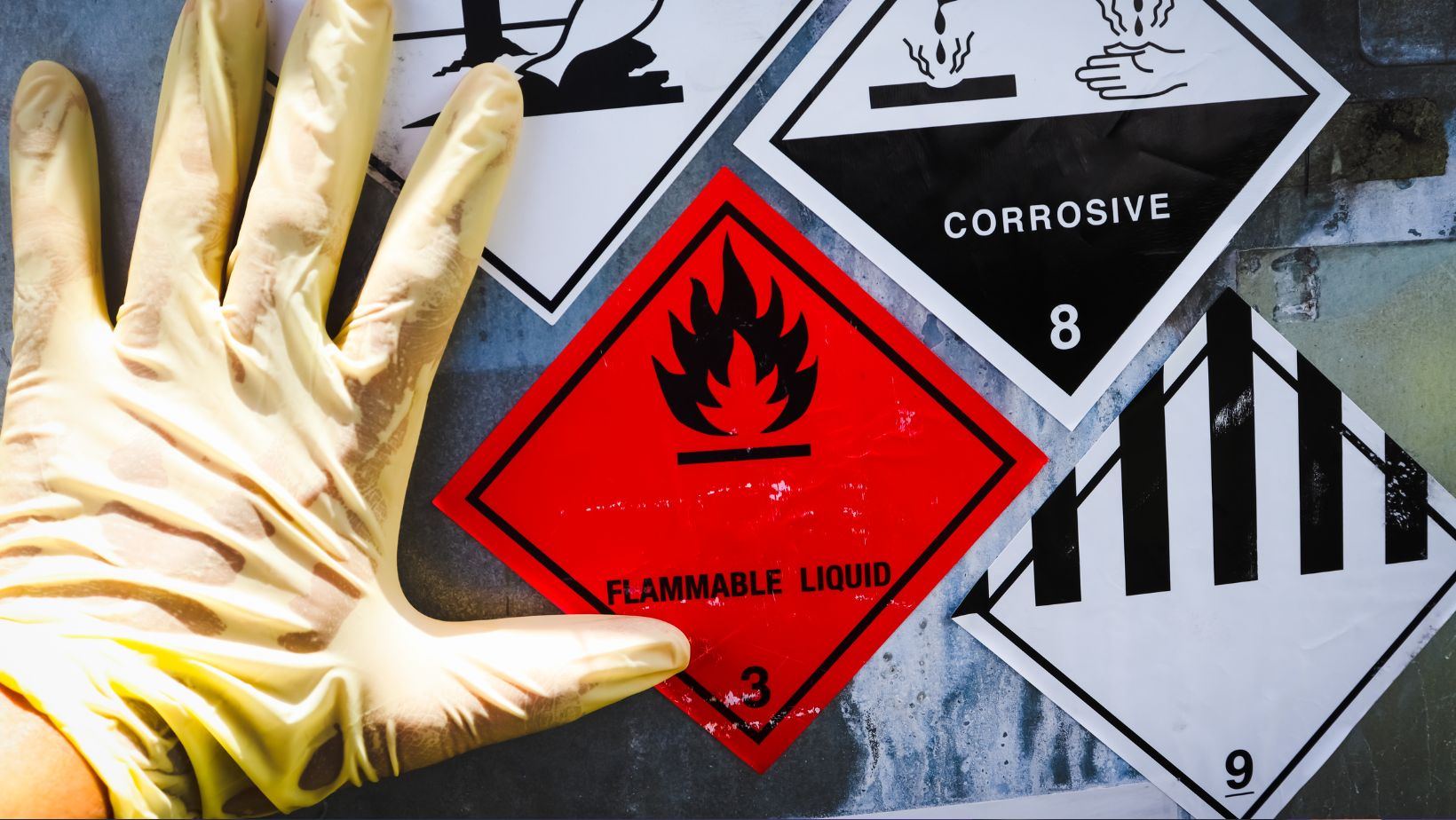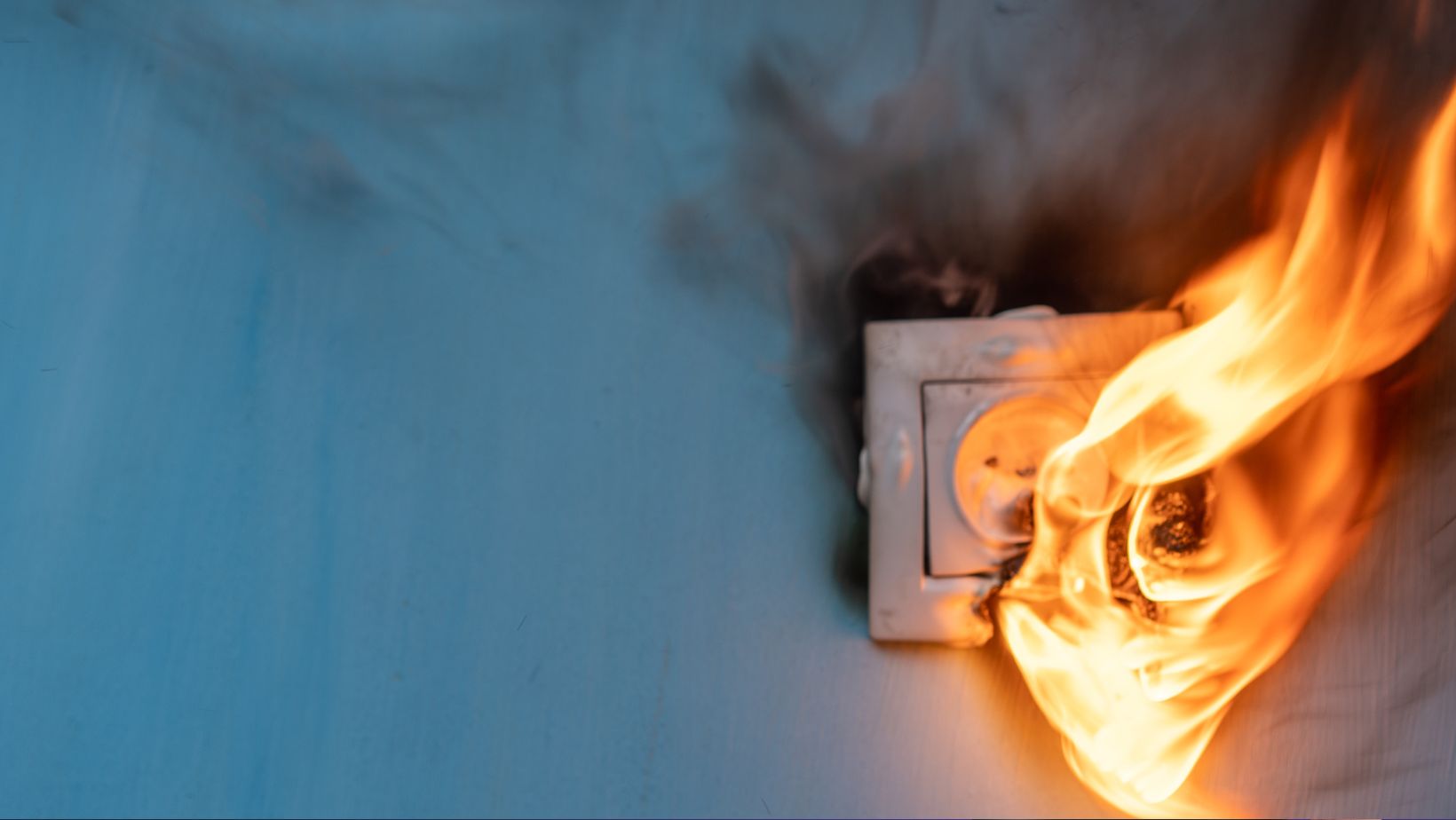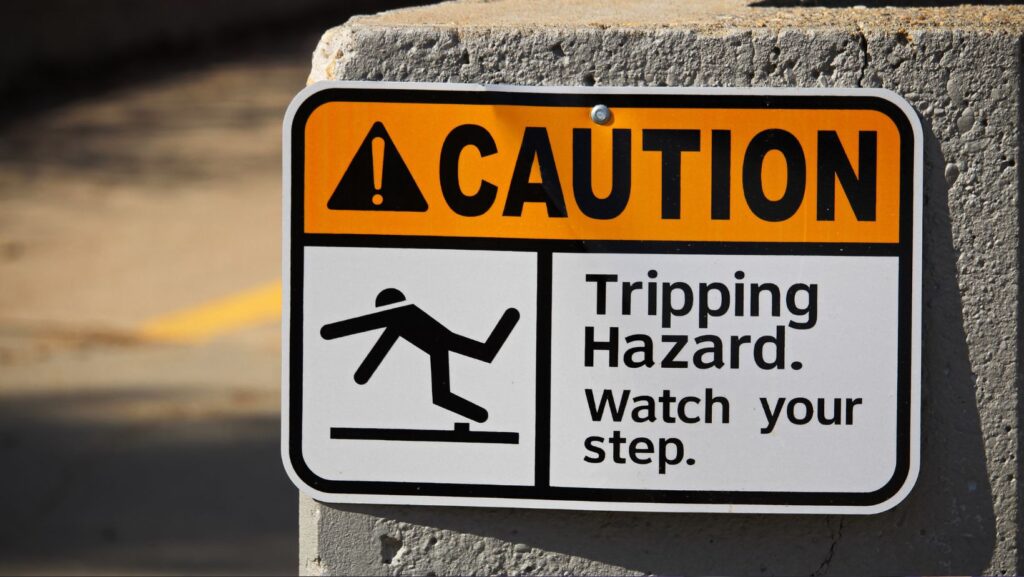Your home is your sanctuary, your safe haven. But did you know it’s also a potential minefield of common hazards? From the silent, invisible threat of carbon monoxide to the more obvious dangers of fires or falls, it’s essential to be aware and prepared.
Understanding the Risks: According to ConsumerShield, there were 374,300 house fires in 2022. This number shows the importance of staying alert because fire can start from electrical issues, kitchen accidents, heating equipment, and other sources. Common causes include cooking without supervision, faulty wiring, and flammable materials placed near heat sources.
In this article, I’ll share some valuable insights on how to protect your home from these common hazards. We’ll delve into practical steps you can take to ensure your home remains the safe and cozy fortress you deserve. So, let’s start this journey towards a safer home together.
Understanding Home Hazards
Ensuring safety at home demands a clear comprehension of potential hazards. This section aims to delve into what exactly home hazards are and brief you about some common ones.
What Are Home Hazards?
Home hazards refer to potential sources of harm or adverse health effects in residential areas. They usually arise from issues such as improper infrastructure, poor maintenance, or lack of safety measures. In numerous instances, the use of certain household products or appliances can lead to these hazards.
Common Home Hazards You Should Know
Being aware of common home hazards steps up your safety game.
- Fire Hazards: Improper wiring, misuse of heating equipment, and mishandling kitchen appliances are some typical causes of home fires. Regular inspections and cautious usage of electronic devices can minimize such risks.
- Slips and Falls: Wet surfaces, cluttered areas, and poorly lit stairways pose significant falling hazards, especially for children and elders. Keep your home tidy, well-lit, and install necessary safety features like railings and gripped mats.
Recognizing these common home hazards is pivotal in maintaining a safe and secure dwelling space.
Securing Your Home Against Fires
Moving on to more specific threats, let’s deliberate on fire safety. Home fires constitute a significant hazard, often triggered by conventional sources such as faulty wiring, improper usage of kitchen appliances, and untended candles. Let’s dissect how we can counteract this widespread threat.
Practical Steps to Prevent Fires
Curbing residential fires isn’t an intricate task. By adhering to a few steps, we can greatly reduce the chances of encountering such a disastrous event. Firstly, ensure that your home’s wiring is up-to-date, carried out by a certified electrician. An outdated or faulty electrical system frequently sparks a fire.
Secondly, exercise caution when dealing with open flames. This encompasses not leaving candles or stoves unattended and making sure you turn off all heating systems before leaving the room or going to bed.
Thirdly, place fire extinguishers strategically around your home. Essential spots include the kitchen, near fireplaces, and in the garage. Remember, immediate access to an extinguisher amplifies your chances of suppressing a minor fire before it engulfs your property.
Installing and Maintaining Smoke Detectors
A properly functioning smoke detector serves as the first line of defense against fires. Typically, smoke detectors should be installed on every floor of a house, including all bedrooms and basements. Regular maintenance is also necessary to ensure they’re functioning as intended.

Test the alarms once a month by pressing the “test” button. Replace batteries annually or when the detector signals a low battery. Every 10 years, it’s beneficial to replace the entire device, regardless of its operational status.
Protecting Your Home from Burglaries
Securing your home from burglaries arises as a logical next step, following efforts to counter potential hazards like fire risks and carbon monoxide poisoning. It’s vital to consider both physical deterrents and technological solutions for a comprehensive home protection strategy.
Reinforcing Entry Points
Burglars typically exploit weak entry points, making their reinforcement crucial. Focusing on doors comes first; consider installing deadbolt locks, upgrading to solid core doors, or adding security doors. Bolster your windows too; security film or laminated glass can prove worthwhile. Garages can’t be overlooked – secure them with good quality locks and keep them closed whenever possible.
Investing in Home Security Systems
Technology offers various effective means to ward off burglars. I find home security systems incredibly beneficial in this regard. These systems range from basic alarm systems to sophisticated setups that provide real-time surveillance and remote access. Some even come integrated with smoke detectors, offering dual functionality and enhanced home safety. It’s recommended to research and select a home security system that fits your specific needs and budget.
Mitigating Flood Risks
Moving further into home protection, another area to spotlight is flood risks. Implementing optimal measures can save property and lives, sure as fire safety or burglary prevention can.
Preparing Your Home for Severe Weather
The first step in reducing flood risks lies in preparing your home for severe weather. While no home stands immune to Mother Nature’s wrath, a proactive approach minimizes the consequences. Focusing on prevention can include installing weather stripping around doors and windows, implementing flood shields, and raising the electrical system components to avoid water damage. Maintenance tasks also play a key role. For instance, cleaning gutters often avoids water overflow and unnecessary pooling around your home. Ensuring a proper slope away from the house foundation aids in directing potential floodwaters
Importance of Insurance against Floods
While precautions and preparations matter, they don’t guarantee absolute protection. Here’s where flood insurance assumes paramount importance. Insurance against floods acts as a financial safety net, protecting homeowners from potentially catastrophic losses. They offer peace of mind, knowing the property stands secured even when floodwaters rise. Unlike standard homeowners’ policies, flood insurance covers the cost of damages caused expressly by flooding.
Guarding Against Carbon Monoxide Poisoning
Drawing from our previous discussions on threats like fires, falls, and burglaries, let’s move on to the silent, unseen hazard – carbon monoxide poisoning. Apt safety measures can prevent such threats from transforming into substantial health problems.
Understanding Carbon Monoxide and its Dangers
Carbon monoxide (CO) is a colorless, odorless gas that poses significant health risks when present in high concentrations indoors. It’s produced when fuels such as gas, coal, wood, and charcoal are incompletely burned. For instance, devices like gas heaters, cookers, central heating boilers, water heaters, and open fires which use gas, oil, coal, and wood can be potential sources of CO.
Indoor CO exposure can lead to poisoning, causing symptoms like headaches, nausea, dizziness, breathlessness, collapse, and loss of consciousness. Long-term exposure can result in severe neurological effects, and in worst scenarios, it can prove fatal. Data from the Centers for Disease Control and Prevention (CDC) report that CO poisoning contributes to approximately 50,000 emergency department visits annually and could lead to around 430 deaths in the United States alone.
How to Use Carbon Monoxide Detectors
To prevent CO poisoning, incorporate carbon monoxide detectors in your home. Think of them as your silent watchdogs, continuously monitoring for the presence of this deadly gas.
CO detectors work by sensing the particles of carbon monoxide in the air. If the sensor detects a dangerous level of CO, it’ll trigger an alarm to alert you. Ensure to install them on every level of your home, particularly near sleeping areas, and always follow the manufacturer’s instructions for installation, testing, and maintenance.

Preventing CO poisoning isn’t just about installing detectors, though. Proper maintenance of appliances, adequate ventilation while using fuel-burning devices, and periodic checks on vents and chimneys to prevent blockages also play a significant role. Beware of the potential dangers and keep the air in your home clean and safe.
Conclusion
So, we’ve walked through the common home hazards and how you can protect your home against them. Remember, the safety of your home is paramount and taking proactive steps can make a world of difference. From fire safety measures like maintaining smoke detectors and using flame-retardant products to burglary protection through reinforced locks and advanced security systems, it’s all about being prepared. Don’t forget about the importance of flood mitigation and the role of weather stripping, flood shields, and proper drainage. And of course, ensuring clean indoor air quality and preventing carbon monoxide leaks is crucial. It might seem like a lot, but with a strategic approach, you can create a safer living environment. Here’s to a safer home!


More Stories
What Are The Different Types Of Lawn Sweepers And Which One Is Right For You
How Home Improvements Can Boost Comfort, Efficiency & Resale Value
A Beginner’s Guide to Growing Houseplants